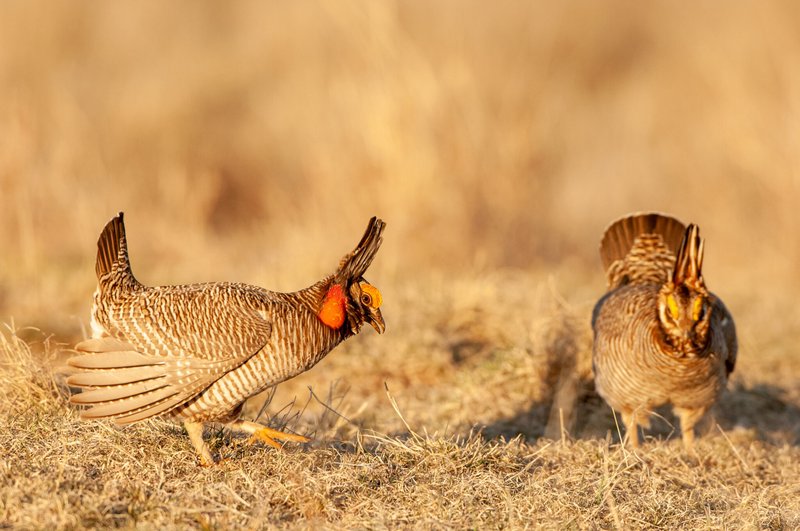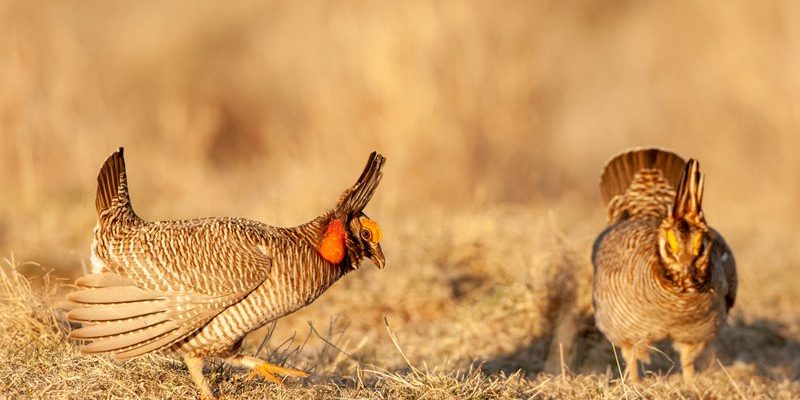
Imagine you’re at a café chatting with a friend over coffee. You both take a moment to appreciate how chickens are a staple in many cultures. They provide eggs, meat, and companionship. But just like how some species out in the wild struggle to survive against habitat loss and climate change, the ancestors of chickens—the red junglefowl—are in danger. Let’s explore the chicken’s status in more detail, separating the domesticated from the wild.
Understanding the Chicken’s Domestic Status
When we say domestic chickens, we generally refer to those bred for agricultural purposes. These birds are not threatened or endangered. In fact, according to recent estimates, there are around 25 billion chickens globally! Yes, you read that right. They exist in massive numbers, loved for their ability to lay eggs and provide meat.
Now, here’s the thing: while domestic chickens thrive, their wild ancestors are a different story. Chicken domestication began thousands of years ago, primarily from the red junglefowl found in South Asia. This beautiful bird is at risk due to various pressures, including habitat destruction and hunting.
The Red Junglefowl: The Wild Ancestor
The red junglefowl is a colorful and fascinating bird. Standing out with its bright plumage, it’s known for its unique call and behavior. Sadly, these wild birds face numerous challenges today. Their habitats are increasingly threatened by agriculture and urbanization.
Habitat loss is a major issue for the red junglefowl. As forests are cleared for farming, these birds lose their homes, leading to shrinking populations. Additionally, hunting poses a substantial threat, as people often see them as a source of food. With these combined pressures, it’s clear why they’re struggling to survive.
What Does It Mean For Conservation?
You might be wondering why the status of wild chickens matters. After all, we have plenty of domestic chickens, right? Well, the survival of wild species is crucial for maintaining biodiversity. Each species plays a role in its ecosystem, and the loss of one can lead to broader ecological issues.
Efforts to conserve the red junglefowl can also benefit domestic chickens. By ensuring the survival of their wild relatives, we maintain genetic diversity. This can help farmers breed healthier and more resilient domestic birds, fortifying our food supply.
Conservation Efforts in Action
Many organizations work tirelessly to protect the red junglefowl and its habitats. These efforts include:
- *Creating protected areas* to help preserve natural habitats.
- *Educating local communities* about the importance of these birds.
- *Supporting sustainable agriculture* practices that allow coexistence with wildlife.
Through such initiatives, we can foster a greater understanding and appreciation for these remarkable birds. It’s not just about preserving a species; it’s about nurturing the balance of nature.
Comparing Domestic and Wild Chickens
One way to appreciate the plight of the red junglefowl is to compare it to domestic chickens. Think about it: domestic chickens have a steady food supply, comfortable living conditions, and the care of humans. Meanwhile, wild chickens rely on foraging for food and evading predators.
Here’s a quick comparison:
| Domestic Chickens | Wild Chickens (Red Junglefowl) |
| Breed for egg and meat production | Natural foragers |
| Live in controlled environments | Face habitat loss and predation |
| Population in billions | Population in decline |
This contrast highlights why it’s crucial to advocate for the wild relatives of domesticated species. Their survival ensures we maintain a rich biodiversity that benefits us all.
In conclusion, the chicken as we know it isn’t threatened or endangered. However, the wild ancestors of these birds face significant challenges, leading to their vulnerable status. Protecting the red junglefowl is essential for biodiversity, and it can help cultivate healthier domestic chicken populations.
So, what can you do? Start by being aware of the sources of your food and supporting ethical and sustainable farming practices. When you choose responsibly sourced products, you contribute positively to conservation efforts. Let’s give these beautiful birds the chance they deserve in the wild while continuing to enjoy their domesticated counterparts. After all, every little effort counts in safeguarding our planet’s biodiversity.

